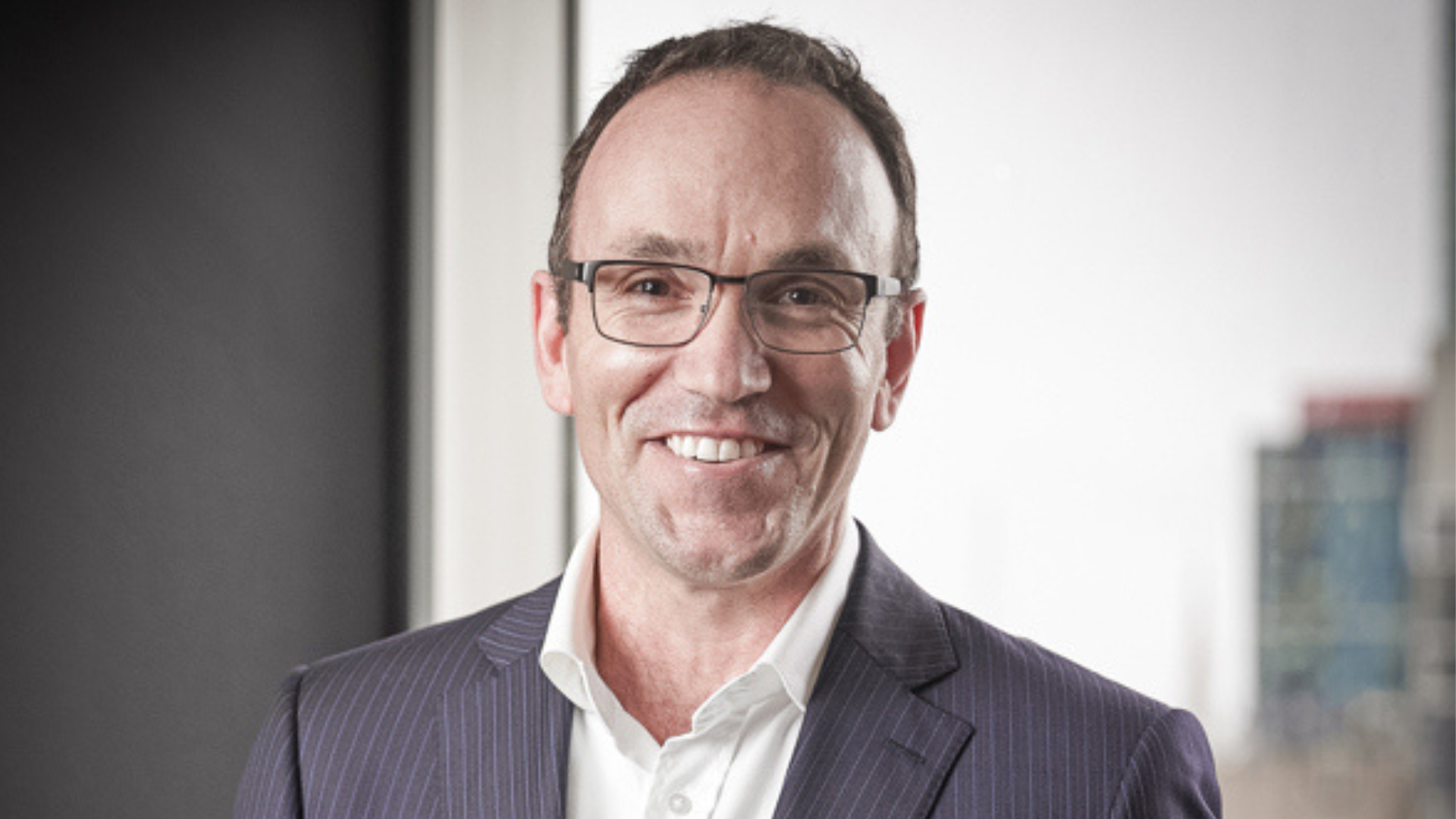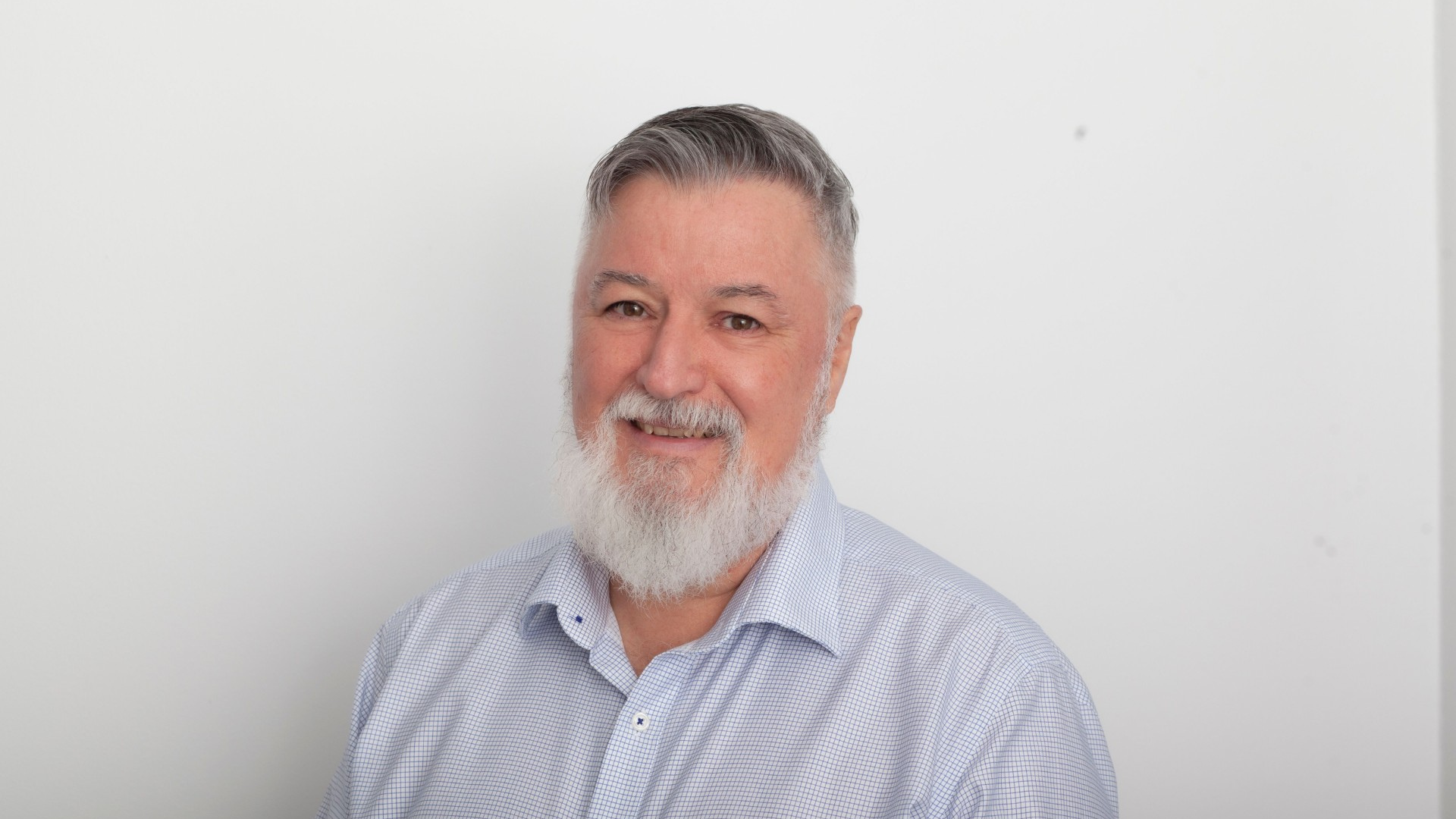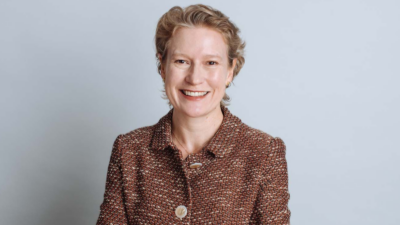‘Remaining’ Goldmans looks to build out solutions strategies
(pictured: Philip Moffitt)
Goldman Sachs Asset Management in Australia will be focusing on developing and promoting a solutions business in the future, following the leveraged buyout of its locally domiciled strategies, emphasising the firm’s global fixed income capabilities.
According to Philip Moffitt, the global co-head of fixed income and head of the remaining Australian business, the firm will have a narrower and deeper sales effort, concentrating on global products. But this will include a pool of analysts supporting the consultants who provide client advice to develop solutions such as retirement strategies for their members.
“This is not Goldmans pulling back from Australia,” he said. “Australia remains a place where we think there are great prospects for us… We want to be able to offer clients something which is a bit more special than the [traditional] fixed income products.”
When the still-to-be-named new company departs, around the end of this year or early next year, Goldmans will be left with approximately $8 billion of Australian-sourced assets in its global strategies, primarily in fixed interest.
Growing the small international equities business would also be a big opportunity, Moffitt said. Coincidentally, the Australian capabilities moving across to the new company, supported by majority shareholder TA Associates, will also have about $8 billion under management.
“Both businesses will have sufficient scale for sustainable [funds management firms] on which to build,” he said. “But the remaining GSAM business will not be purely sales oriented… Our bread and butter in the single-strategy space is in fixed income. But we want this to be in addition to having a meaningful dialogue with the CIOs for us to be able to provide bespoke solutions for them.”
The trend to “solutions” offerings follows disappointment with performance in general during and after the financial crisis, an increasing desire for outcomes and the demographic shift to demand for retirement products. This will often involve multi-asset strategies in an attempt to blend growth and downside protection.
Moffitt said that the remaining Goldmans business had agreed not to compete with the departing business in terms of providing Australian strategies. However, if he wanted to use an Australian capability in a new product, for instance, while he was free to go to open tender, it would be logical to first talk to his former colleagues, with whom he’d worked for many years.
Goldman’s Global Portfolio Solutions has people throughout the region, mainly in Hong Kong, from which to draw. The group does things such as what is known as “outsource CIO”, alternative beta strategies and asset allocation advice.
Moffitt points out that the “new co” departing Goldmans business will not be physically departing too far – remaining on the next floor of the company’s existing office in Melbourne. “It’s not a divorce,” he said.
Moffitt and Sean Reynolds will continue to oversee Goldman’s fixed income strategies for Asia from their Australian base. They will have about 20 staff.









